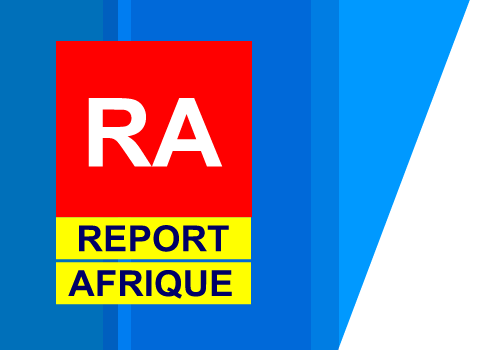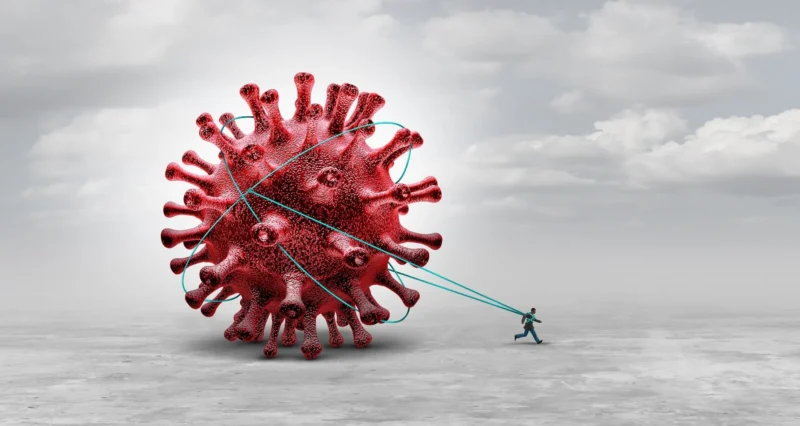In what can only be described as a déjà vu of the early days of the COVID-19 saga, China is now facing another significant health challenge with the Human Metapneumovirus (HMPV).
Beijing, China– This virus, known for causing respiratory issues akin to the common cold or flu, has unexpectedly surged, putting immense pressure on the healthcare system, particularly in densely populated northern provinces.
As winter sets in, China is witnessing an alarming uptick in HMPV outbreak cases, predominantly among children under the age of 14. The symptoms range from mild, such as coughing and nasal congestion, to severe, where patients might develop bronchitis or pneumonia. While there’s no official declaration of an emergency, the situation on the ground paints a picture of overwhelmed medical facilities.
Social media platforms have become a battleground of information and misinformation, with numerous posts showing long queues at hospitals, children with masks, and exhausted healthcare workers.
Health Measures in Response:
- Enhanced Surveillance Systems: To combat the spread, China’s National Disease Control and Prevention Administration (NCDPA) has implemented a pilot monitoring system for pneumonia of unknown origin. This system is designed to catch early signs of respiratory illness spikes, allowing for a quicker response than what was possible during the initial phases of the COVID-19 outbreak. Laboratories are now required to report cases, which are then verified by disease control agencies, ensuring a coordinated response.
- Public Health Directives: The Chinese government is pushing for rigorous public health measures. These include:
- Mask Mandates: Masks have made a comeback in public spaces, with health authorities strongly recommending their use to prevent the spread of droplets carrying the virus.
- Social Distancing: There’s an emphasis on keeping distance in public areas, reducing the chances of transmission in crowded places like markets, public transport, and schools.
- Hygiene Practices: Frequent hand washing, avoiding touching the face, and disinfecting surfaces are again part of daily health advice.
- Isolation for the Sick: Those showing symptoms are encouraged to isolate themselves to prevent community spread.
- Vaccination and Treatment: Currently, there is no specific vaccine or antiviral treatment for HMPV. This absence underscores the reliance on preventive measures rather than curative ones. Medical care for those infected focuses on symptom relief and supportive treatment, similar to managing a severe flu case.
The Past HMPV Outbreaks in China:
HMPV, first identified in 2001 by Dutch researchers, has a history of causing seasonal outbreaks worldwide, including in China. Here’s a look at how HMPV has been managed in the past and what can be learned:
- 2000s Outbreaks: Post-identification, HMPV gradually came under the radar of public health officials as a significant cause of respiratory illness, especially among young children. While outbreaks were noted, they didn’t garner the same level of international attention as other pandemics due to their lower lethality and the seasonal nature of infections.
- 2011-2012 Surge: One of the most significant spikes in HMPV cases was observed globally, including in China, during these years. This period highlighted the virus’s potential to strain healthcare systems if not monitored properly.
- Lessons from Past Outbreaks:
- Early Detection: The importance of surveillance systems was learned, which now plays a crucial role in the current response.
- Vulnerability of Certain Groups: It became clear that young children, the elderly, and immunocompromised individuals were at higher risk, shaping current prevention strategies.
- Public Health Communication: There’s now a better understanding of how to communicate risks without causing unnecessary panic, a lesson from both HMPV and COVID-19.
Global Implications and Response:
- International Monitoring: The World Health Organization (WHO) and various national health bodies are keeping a close eye on developments in China. While there’s no immediate global alarm, the situation has prompted a review of respiratory illness preparedness worldwide.
- Neighboring Countries: Nations like India, which share borders with China, are on high alert. Indian health officials have reassured the public that no HMPV cases have been reported domestically, but general precautions for respiratory illnesses are being reinforced.
- Public Sentiment: Social media has been pivotal in shaping public perception. While it’s an excellent tool for information dissemination, it’s also rife with speculation, leading to public anxiety. Health authorities are countering this by providing regular, fact-based updates.
Analysis of the Outbreak:
- Why Now?: The timing of this outbreak could be linked to several factors:
- Immunity Gaps: After years of lockdowns and reduced social interaction due to COVID-19, many, particularly children, might have lower immunity to common seasonal viruses.
- Winter Season: Cold weather naturally boosts the transmission of respiratory viruses.
- Viral Evolution: Like many viruses, HMPV might have evolved, becoming more transmissible or pathogenic.
- Challenges:
- Healthcare Capacity: Despite improvements, the sudden surge tests the limits of China’s healthcare system, especially with the simultaneous circulation of other respiratory viruses.
- Public Compliance: The fatigue from years of health measures might lead to lower compliance, potentially exacerbating the spread.
- Vaccine Development: The absence of a vaccine for HMPV means reliance on non-pharmacological interventions, which have their limits in effectiveness.
For ongoing updates on this outbreak, health measures in place, and international responses, stay tuned to our coverage.










Join our Channel...